1 The Sun and Solar constant Structure of

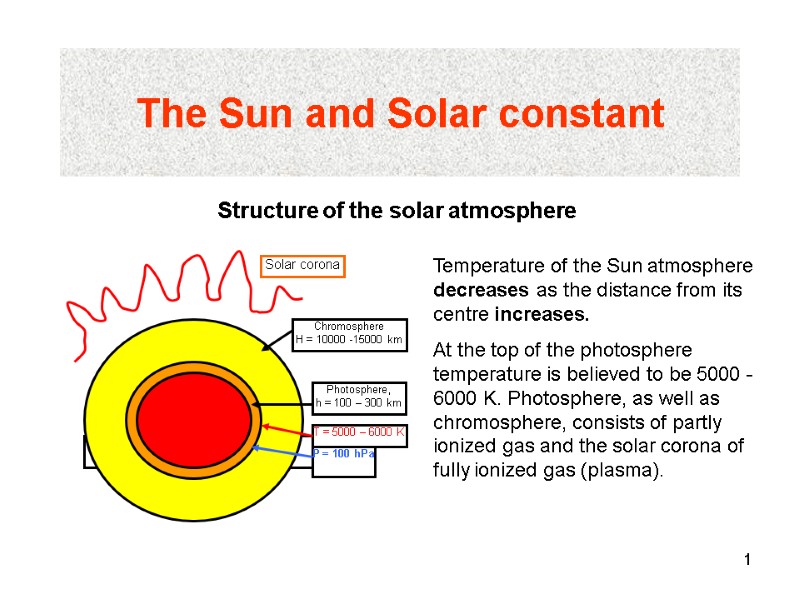
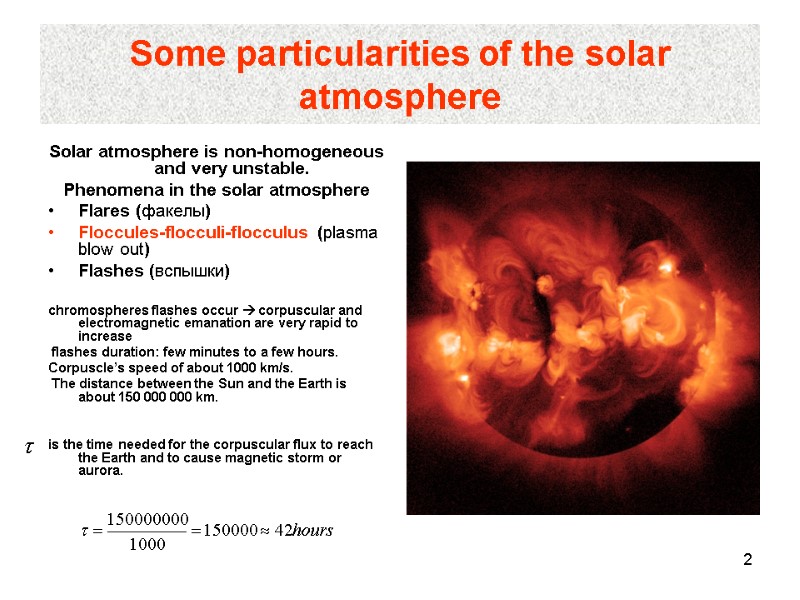
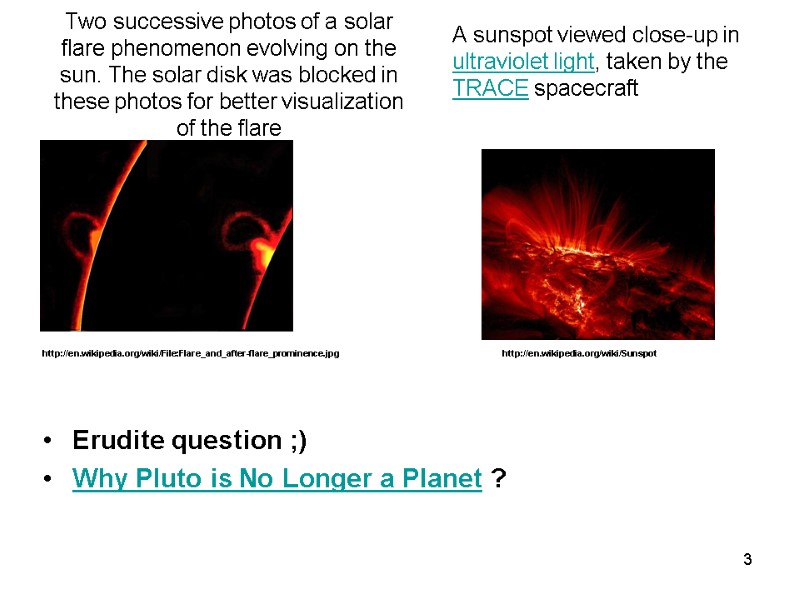
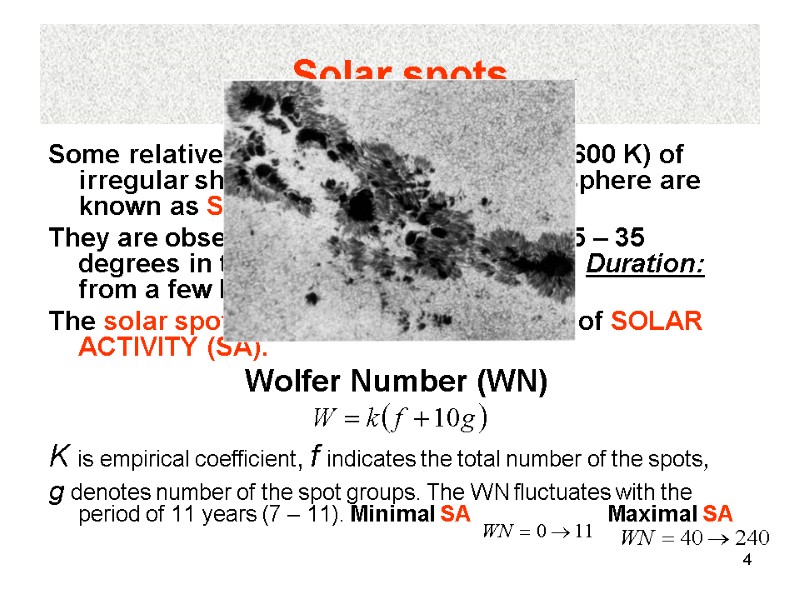
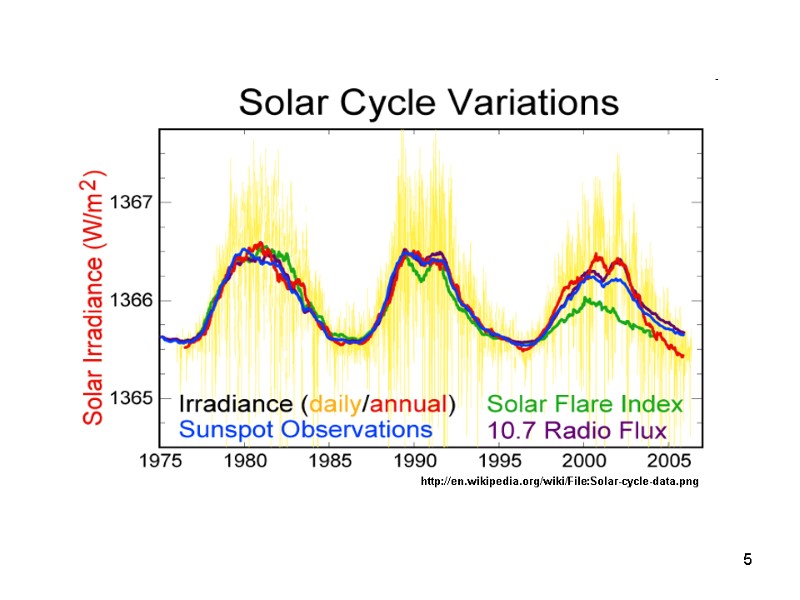
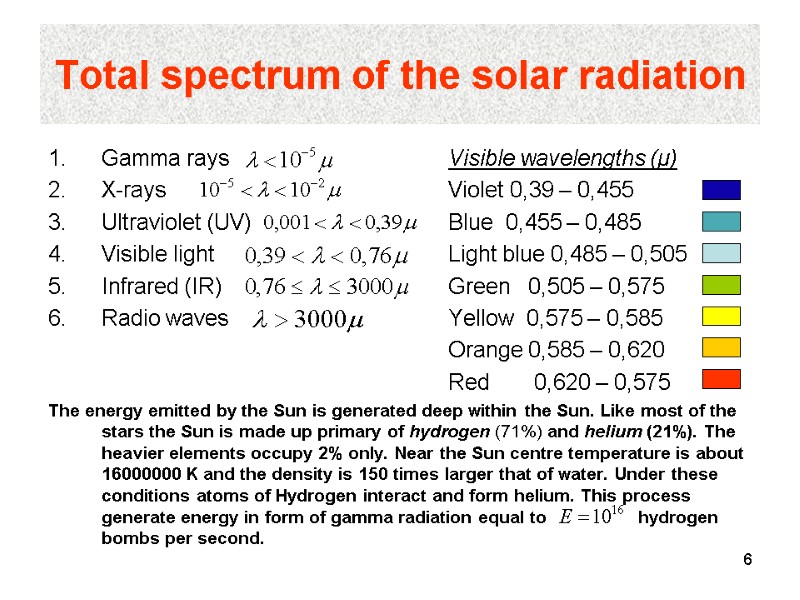
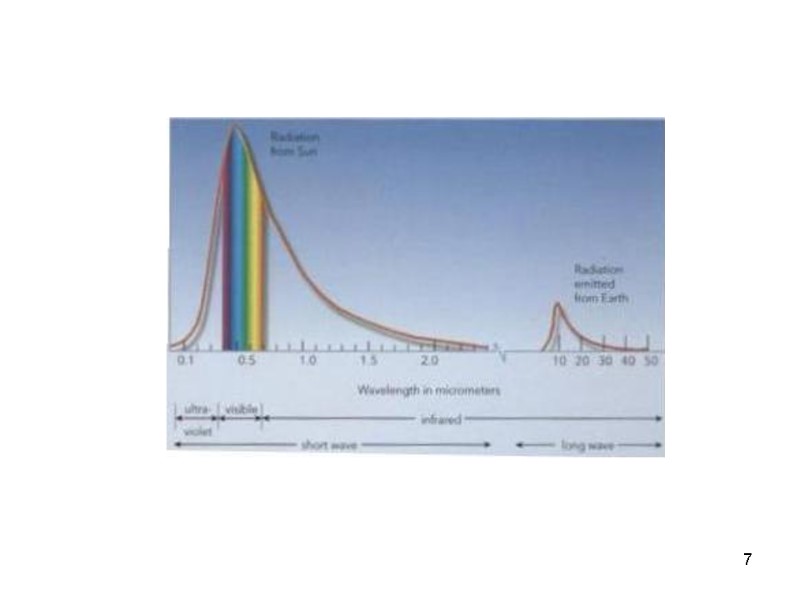
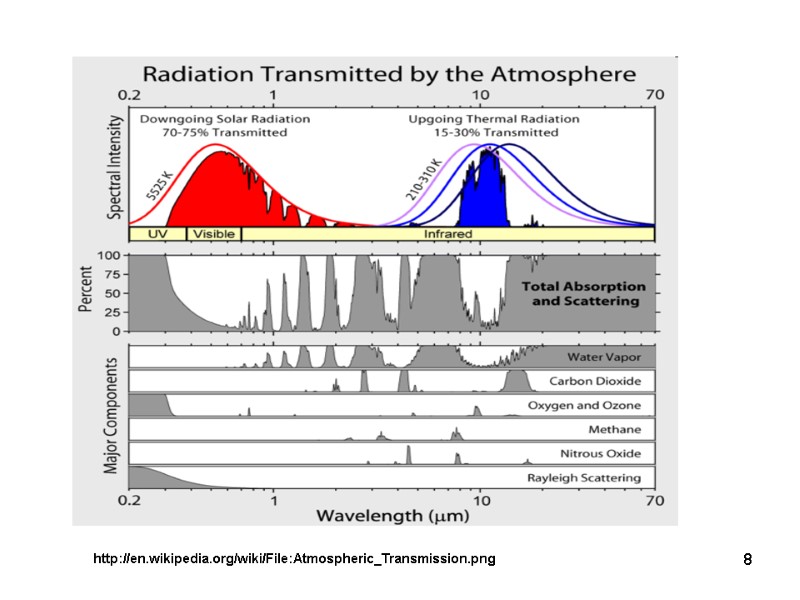
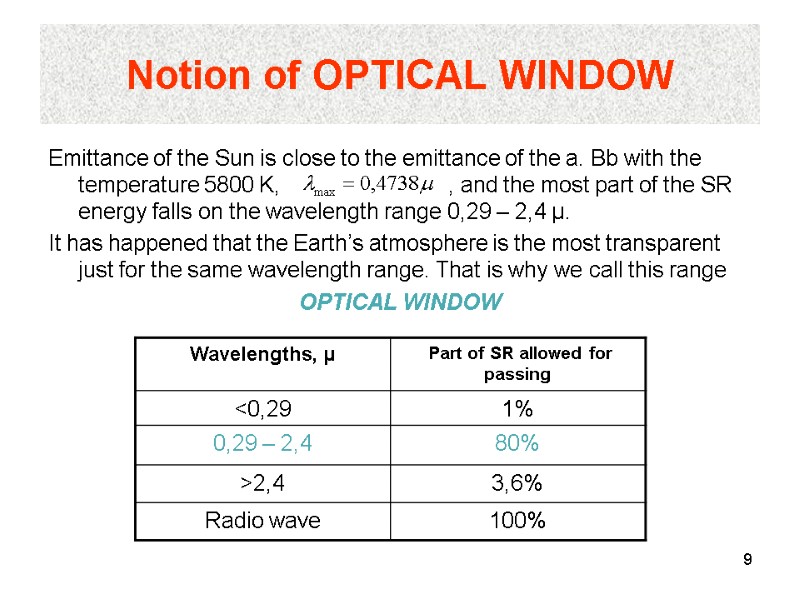
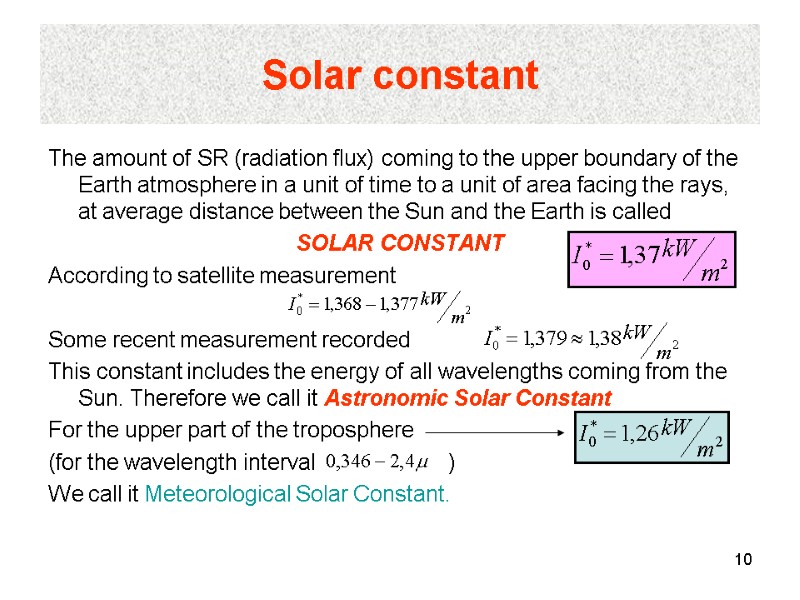
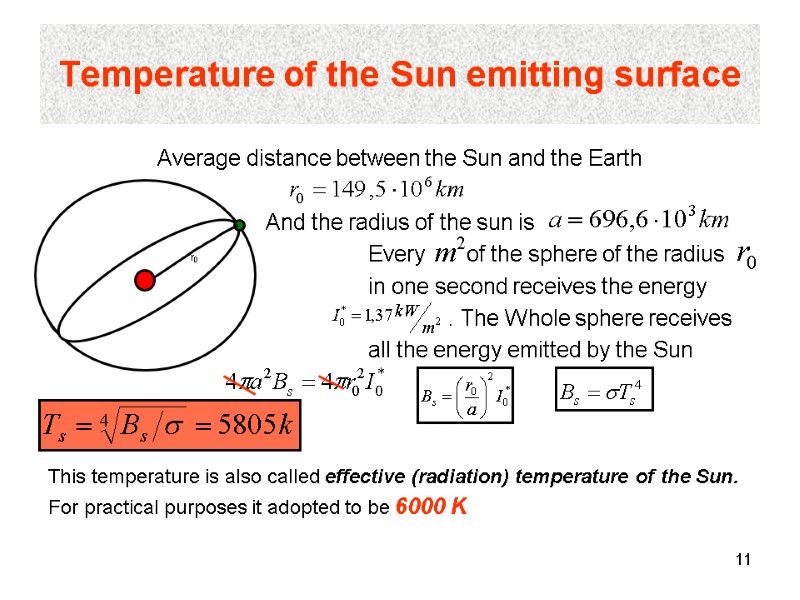
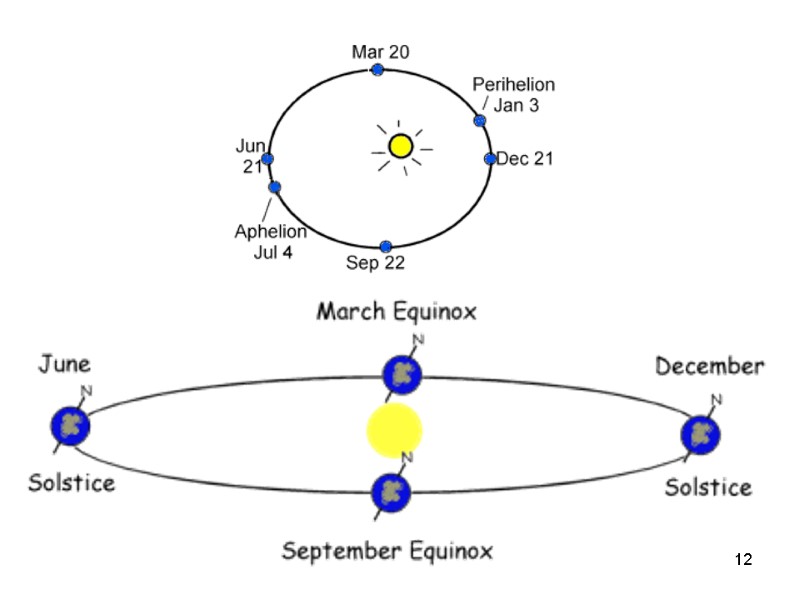
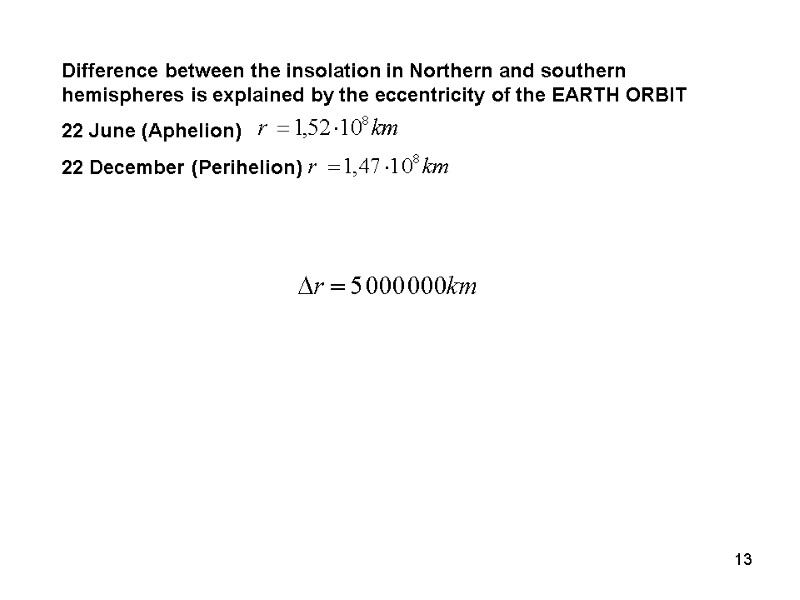
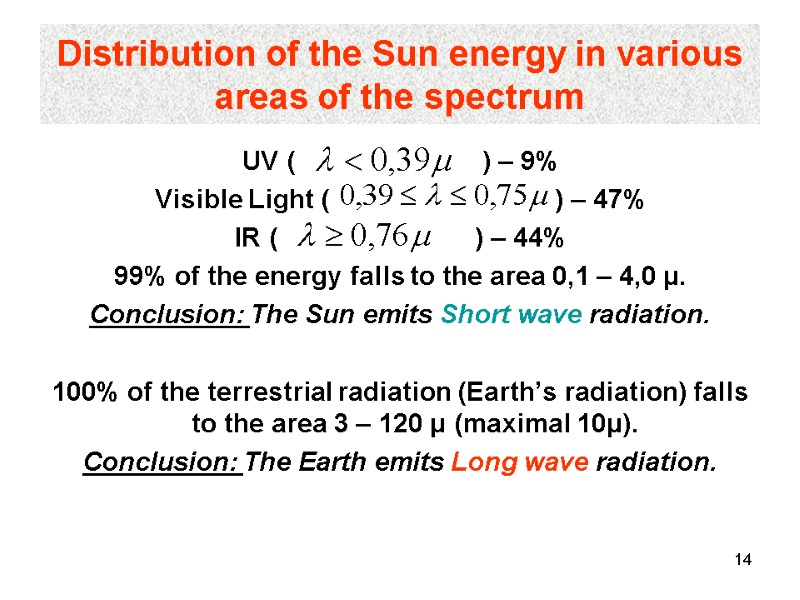
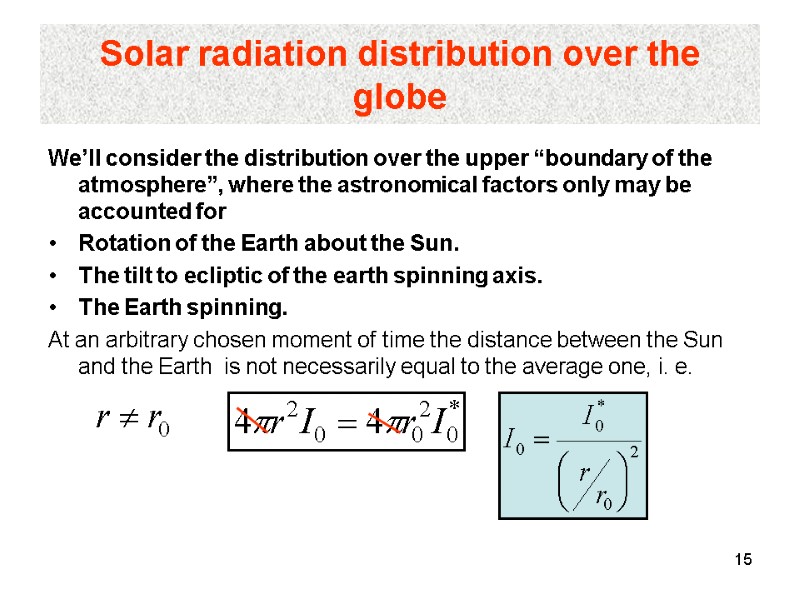
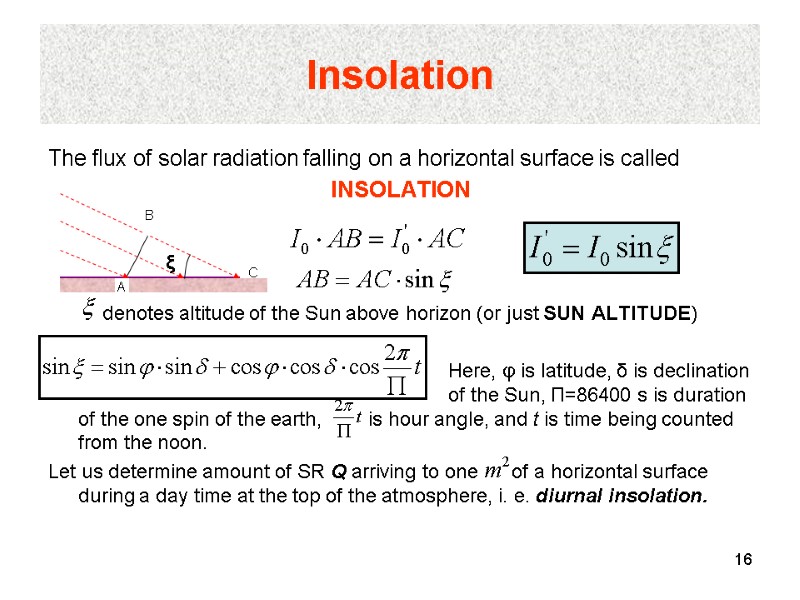
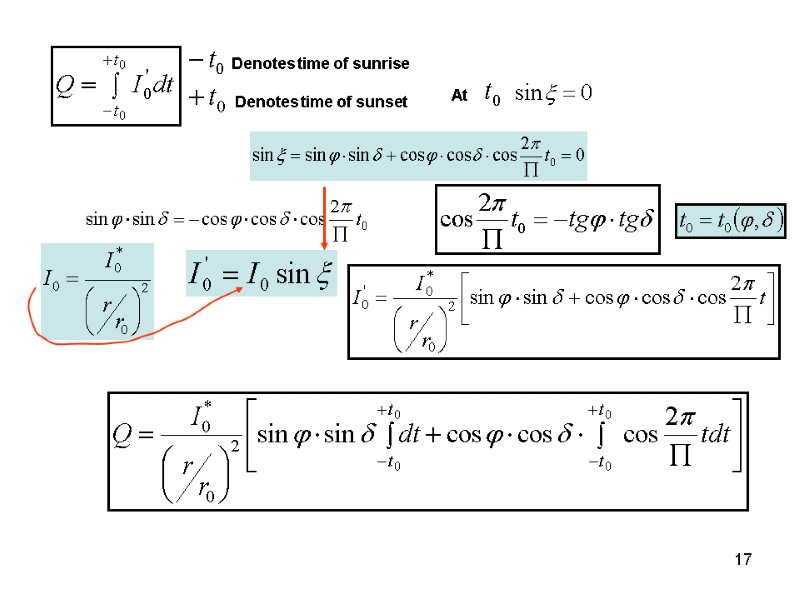
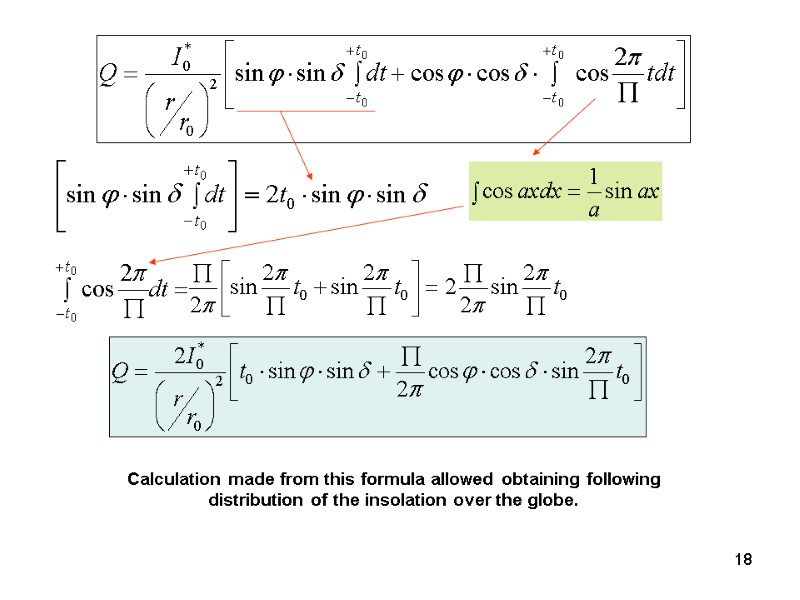
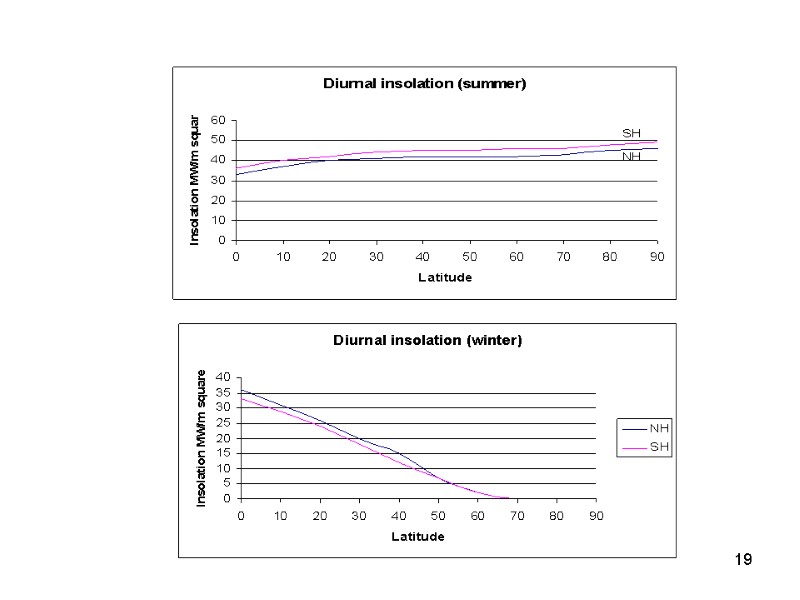
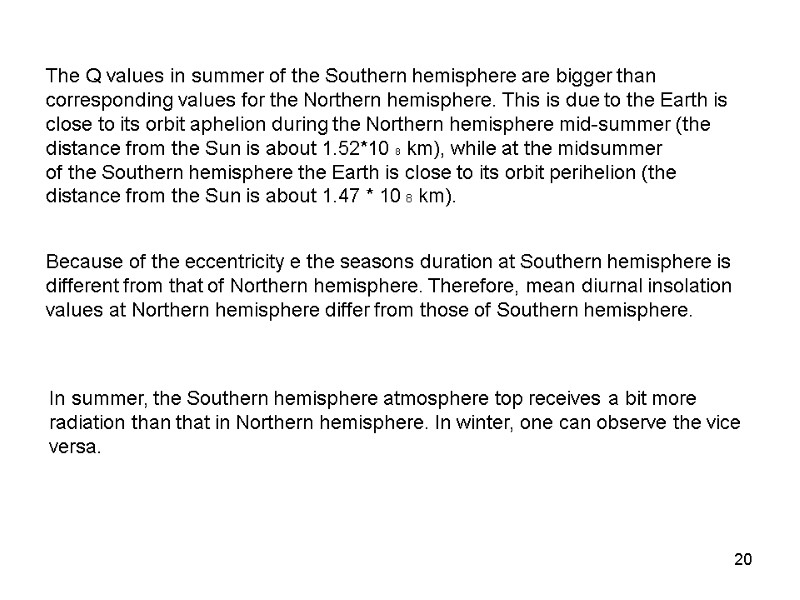
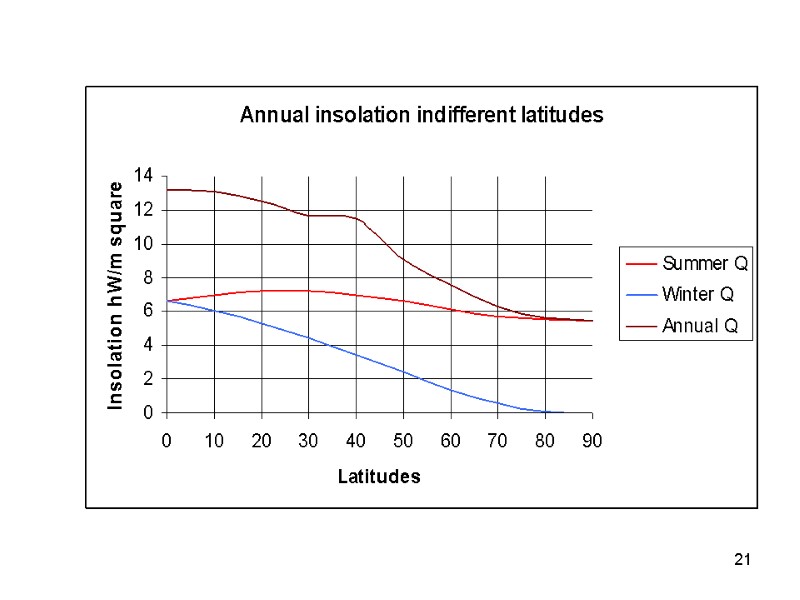
11002-2-the_sun_and_solar_constant.ppt
- Количество слайдов: 21
 1 The Sun and Solar constant Structure of the solar atmosphere Temperature of the Sun atmosphere decreases as the distance from its centre increases. At the top of the photosphere temperature is believed to be 5000 -6000 K. Photosphere, as well as chromosphere, consists of partly ionized gas and the solar corona of fully ionized gas (plasma).
1 The Sun and Solar constant Structure of the solar atmosphere Temperature of the Sun atmosphere decreases as the distance from its centre increases. At the top of the photosphere temperature is believed to be 5000 -6000 K. Photosphere, as well as chromosphere, consists of partly ionized gas and the solar corona of fully ionized gas (plasma).
 2 Some particularities of the solar atmosphere Solar atmosphere is non-homogeneous and very unstable. Phenomena in the solar atmosphere Flares (факелы) Floccules-flocculi-flocculus (plasma blow out) Flashes (вспышки) chromospheres flashes occur corpuscular and electromagnetic emanation are very rapid to increase flashes duration: few minutes to a few hours. Corpuscle’s speed of about 1000 km/s. The distance between the Sun and the Earth is about 150 000 000 km. is the time needed for the corpuscular flux to reach the Earth and to cause magnetic storm or aurora. These phenomena are sources of corpuscular fluxes SOLAR WIND
2 Some particularities of the solar atmosphere Solar atmosphere is non-homogeneous and very unstable. Phenomena in the solar atmosphere Flares (факелы) Floccules-flocculi-flocculus (plasma blow out) Flashes (вспышки) chromospheres flashes occur corpuscular and electromagnetic emanation are very rapid to increase flashes duration: few minutes to a few hours. Corpuscle’s speed of about 1000 km/s. The distance between the Sun and the Earth is about 150 000 000 km. is the time needed for the corpuscular flux to reach the Earth and to cause magnetic storm or aurora. These phenomena are sources of corpuscular fluxes SOLAR WIND
 3 Two successive photos of a solar flare phenomenon evolving on the sun. The solar disk was blocked in these photos for better visualization of the flare A sunspot viewed close-up in ultraviolet light, taken by the TRACE spacecraft Erudite question ;) Why Pluto is No Longer a Planet ? http://en.wikipedia.org/wiki/File:Flare_and_after-flare_prominence.jpg http://en.wikipedia.org/wiki/Sunspot
3 Two successive photos of a solar flare phenomenon evolving on the sun. The solar disk was blocked in these photos for better visualization of the flare A sunspot viewed close-up in ultraviolet light, taken by the TRACE spacecraft Erudite question ;) Why Pluto is No Longer a Planet ? http://en.wikipedia.org/wiki/File:Flare_and_after-flare_prominence.jpg http://en.wikipedia.org/wiki/Sunspot
 4 Solar spots Some relatively cold formations (4599 – 4600 K) of irregular shape appearing in the photosphere are known as SOLAR SPOTS. They are observed in the latitudinal zone 5 – 35 degrees in the both sides from equator. Duration: from a few hours up to a few months. The solar spots are regarded as indicator of SOLAR ACTIVITY (SA). Wolfer Number (WN) K is empirical coefficient, f indicates the total number of the spots, g denotes number of the spot groups. The WN fluctuates with the period of 11 years (7 – 11). Minimal SA Maximal SA
4 Solar spots Some relatively cold formations (4599 – 4600 K) of irregular shape appearing in the photosphere are known as SOLAR SPOTS. They are observed in the latitudinal zone 5 – 35 degrees in the both sides from equator. Duration: from a few hours up to a few months. The solar spots are regarded as indicator of SOLAR ACTIVITY (SA). Wolfer Number (WN) K is empirical coefficient, f indicates the total number of the spots, g denotes number of the spot groups. The WN fluctuates with the period of 11 years (7 – 11). Minimal SA Maximal SA
 5 http://en.wikipedia.org/wiki/File:Solar-cycle-data.png
5 http://en.wikipedia.org/wiki/File:Solar-cycle-data.png
 6 Total spectrum of the solar radiation Gamma rays Visible wavelengths (μ) X-rays Violet 0,39 – 0,455 Ultraviolet (UV) Blue 0,455 – 0,485 Visible light Light blue 0,485 – 0,505 Infrared (IR) Green 0,505 – 0,575 Radio waves Yellow 0,575 – 0,585 Orange 0,585 – 0,620 Red 0,620 – 0,575 The energy emitted by the Sun is generated deep within the Sun. Like most of the stars the Sun is made up primary of hydrogen (71%) and helium (21%). The heavier elements occupy 2% only. Near the Sun centre temperature is about 16000000 K and the density is 150 times larger that of water. Under these conditions atoms of Hydrogen interact and form helium. This process generate energy in form of gamma radiation equal to hydrogen bombs per second.
6 Total spectrum of the solar radiation Gamma rays Visible wavelengths (μ) X-rays Violet 0,39 – 0,455 Ultraviolet (UV) Blue 0,455 – 0,485 Visible light Light blue 0,485 – 0,505 Infrared (IR) Green 0,505 – 0,575 Radio waves Yellow 0,575 – 0,585 Orange 0,585 – 0,620 Red 0,620 – 0,575 The energy emitted by the Sun is generated deep within the Sun. Like most of the stars the Sun is made up primary of hydrogen (71%) and helium (21%). The heavier elements occupy 2% only. Near the Sun centre temperature is about 16000000 K and the density is 150 times larger that of water. Under these conditions atoms of Hydrogen interact and form helium. This process generate energy in form of gamma radiation equal to hydrogen bombs per second.
 7
7
 8 http://en.wikipedia.org/wiki/File:Atmospheric_Transmission.png
8 http://en.wikipedia.org/wiki/File:Atmospheric_Transmission.png
 9 Notion of OPTICAL WINDOW Emittance of the Sun is close to the emittance of the a. Bb with the temperature 5800 K, , and the most part of the SR energy falls on the wavelength range 0,29 – 2,4 μ. It has happened that the Earth’s atmosphere is the most transparent just for the same wavelength range. That is why we call this range OPTICAL WINDOW
9 Notion of OPTICAL WINDOW Emittance of the Sun is close to the emittance of the a. Bb with the temperature 5800 K, , and the most part of the SR energy falls on the wavelength range 0,29 – 2,4 μ. It has happened that the Earth’s atmosphere is the most transparent just for the same wavelength range. That is why we call this range OPTICAL WINDOW
 10 Solar constant The amount of SR (radiation flux) coming to the upper boundary of the Earth atmosphere in a unit of time to a unit of area facing the rays, at average distance between the Sun and the Earth is called SOLAR CONSTANT According to satellite measurement Some recent measurement recorded This constant includes the energy of all wavelengths coming from the Sun. Therefore we call it Astronomic Solar Constant For the upper part of the troposphere (for the wavelength interval ) We call it Meteorological Solar Constant.
10 Solar constant The amount of SR (radiation flux) coming to the upper boundary of the Earth atmosphere in a unit of time to a unit of area facing the rays, at average distance between the Sun and the Earth is called SOLAR CONSTANT According to satellite measurement Some recent measurement recorded This constant includes the energy of all wavelengths coming from the Sun. Therefore we call it Astronomic Solar Constant For the upper part of the troposphere (for the wavelength interval ) We call it Meteorological Solar Constant.
 11 Temperature of the Sun emitting surface Average distance between the Sun and the Earth And the radius of the sun is Every of the sphere of the radius in one second receives the energy . The Whole sphere receives all the energy emitted by the Sun This temperature is also called effective (radiation) temperature of the Sun. For practical purposes it adopted to be 6000 K
11 Temperature of the Sun emitting surface Average distance between the Sun and the Earth And the radius of the sun is Every of the sphere of the radius in one second receives the energy . The Whole sphere receives all the energy emitted by the Sun This temperature is also called effective (radiation) temperature of the Sun. For practical purposes it adopted to be 6000 K
 12
12
 13 Difference between the insolation in Northern and southern hemispheres is explained by the eccentricity of the EARTH ORBIT 22 June (Aphelion) 22 December (Perihelion)
13 Difference between the insolation in Northern and southern hemispheres is explained by the eccentricity of the EARTH ORBIT 22 June (Aphelion) 22 December (Perihelion)
 14 Distribution of the Sun energy in various areas of the spectrum UV ( ) – 9% Visible Light ( ) – 47% IR ( ) – 44% 99% of the energy falls to the area 0,1 – 4,0 μ. Conclusion: The Sun emits Short wave radiation. 100% of the terrestrial radiation (Earth’s radiation) falls to the area 3 – 120 μ (maximal 10μ). Conclusion: The Earth emits Long wave radiation.
14 Distribution of the Sun energy in various areas of the spectrum UV ( ) – 9% Visible Light ( ) – 47% IR ( ) – 44% 99% of the energy falls to the area 0,1 – 4,0 μ. Conclusion: The Sun emits Short wave radiation. 100% of the terrestrial radiation (Earth’s radiation) falls to the area 3 – 120 μ (maximal 10μ). Conclusion: The Earth emits Long wave radiation.
 15 Solar radiation distribution over the globe We’ll consider the distribution over the upper “boundary of the atmosphere”, where the astronomical factors only may be accounted for Rotation of the Earth about the Sun. The tilt to ecliptic of the earth spinning axis. The Earth spinning. At an arbitrary chosen moment of time the distance between the Sun and the Earth is not necessarily equal to the average one, i. e.
15 Solar radiation distribution over the globe We’ll consider the distribution over the upper “boundary of the atmosphere”, where the astronomical factors only may be accounted for Rotation of the Earth about the Sun. The tilt to ecliptic of the earth spinning axis. The Earth spinning. At an arbitrary chosen moment of time the distance between the Sun and the Earth is not necessarily equal to the average one, i. e.
 16 Insolation The flux of solar radiation falling on a horizontal surface is called INSOLATION denotes altitude of the Sun above horizon (or just SUN ALTITUDE) Here, φ is latitude, δ is declination of the Sun, П=86400 s is duration of the one spin of the earth, is hour angle, and t is time being counted from the noon. Let us determine amount of SR Q arriving to one of a horizontal surface during a day time at the top of the atmosphere, i. e. diurnal insolation.
16 Insolation The flux of solar radiation falling on a horizontal surface is called INSOLATION denotes altitude of the Sun above horizon (or just SUN ALTITUDE) Here, φ is latitude, δ is declination of the Sun, П=86400 s is duration of the one spin of the earth, is hour angle, and t is time being counted from the noon. Let us determine amount of SR Q arriving to one of a horizontal surface during a day time at the top of the atmosphere, i. e. diurnal insolation.
 17 Denotes time of sunrise Denotes time of sunset At
17 Denotes time of sunrise Denotes time of sunset At
 18 Calculation made from this formula allowed obtaining following distribution of the insolation over the globe.
18 Calculation made from this formula allowed obtaining following distribution of the insolation over the globe.
 19
19
 20 The Q values in summer of the Southern hemisphere are bigger than corresponding values for the Northern hemisphere. This is due to the Earth is close to its orbit aphelion during the Northern hemisphere mid-summer (the distance from the Sun is about 1.52*10 8 km), while at the midsummer of the Southern hemisphere the Earth is close to its orbit perihelion (the distance from the Sun is about 1.47 * 10 8 km). Because of the eccentricity e the seasons duration at Southern hemisphere is different from that of Northern hemisphere. Therefore, mean diurnal insolation values at Northern hemisphere differ from those of Southern hemisphere. In summer, the Southern hemisphere atmosphere top receives a bit more radiation than that in Northern hemisphere. In winter, one can observe the vice versa.
20 The Q values in summer of the Southern hemisphere are bigger than corresponding values for the Northern hemisphere. This is due to the Earth is close to its orbit aphelion during the Northern hemisphere mid-summer (the distance from the Sun is about 1.52*10 8 km), while at the midsummer of the Southern hemisphere the Earth is close to its orbit perihelion (the distance from the Sun is about 1.47 * 10 8 km). Because of the eccentricity e the seasons duration at Southern hemisphere is different from that of Northern hemisphere. Therefore, mean diurnal insolation values at Northern hemisphere differ from those of Southern hemisphere. In summer, the Southern hemisphere atmosphere top receives a bit more radiation than that in Northern hemisphere. In winter, one can observe the vice versa.
 21
21

